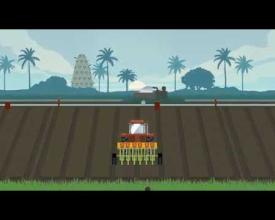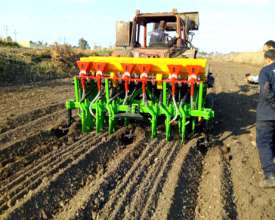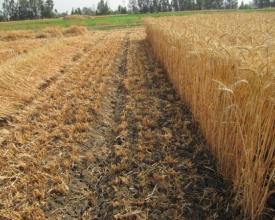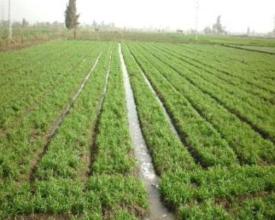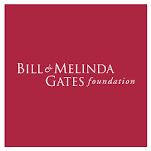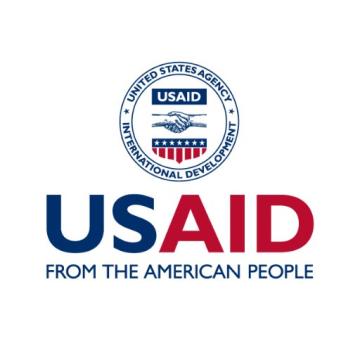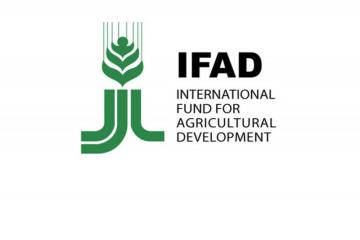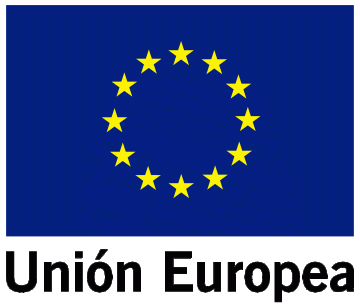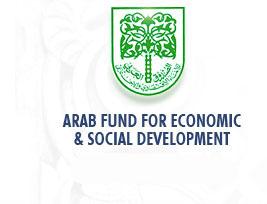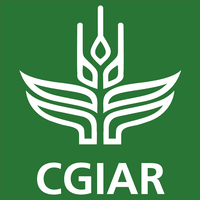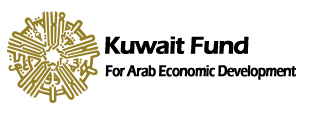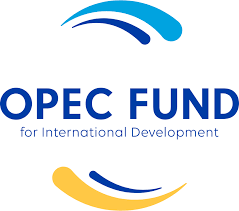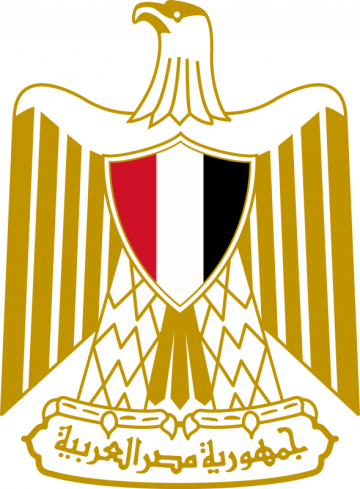
Transforming irrigated crop production systems using mechanized raised bed (MRB) technological package.
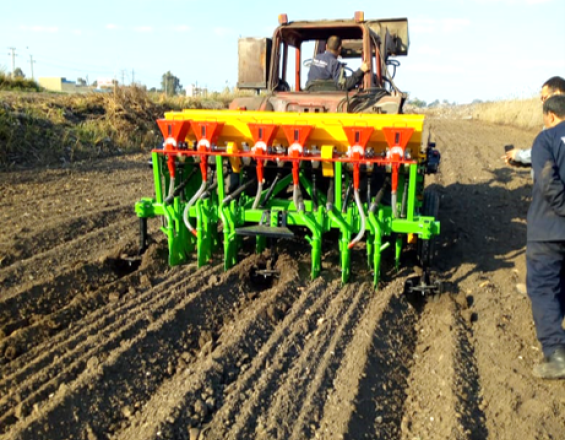
Mechanized raised-bed (MRB) irrigation is a field-configuration technology that enhances water use efficiency in dryland conditions. This technology, along with improved crop varieties and agronomic practices, is part of a MRB production package that improves farm productivity and income. For wheat in Egypt, MRB led to an average 25 per cent increase in yield, more than 60 per cent increase in water productivity and about 20 per cent in farming cost reduction. The MRB innovation has become a strong component of Egypt's national wheat campaign. The Egyptian government aims to cultivate 2 million acres of wheat with the MRB technology by 2022. Substantial increases in the wheat area cultivated by MRB throughout Egypt are expected to increase production to over 14 million tons by 2025. This could result in a total irrigation water saving of more than 1.5 billion cubic metres per year by 2025, benefitting an additional 200,000 hectares.
Context
Challenges addressed
The Middle East and North Africa(MENA) region is facing rapid population growth and increased water consumption while rainfall levels diminish because of intensifying climate changes. Because rural communities in dry areas are especially vulnerable, addressing water scarcity is a priority for rural development. In Egypt, water scarcity for agriculture is still a profound problem. Water scarcity has crossed the threshold of 1,000 cubic metres per capita per year, a figure that is estimated to fall to 500 in 2025 if there is no significant improvement in management. Currently, water moves with gravity until it reaches private irrigation canals, where farmers then pump it to their fields to irrigate their crops without a particular system. Flood irrigation is the overwhelming method used in the Delta and Nile Valley, this puts pressure on available resources. Water scarcity and mediocre yield are two challenges keeping the people working in the agricultural sector in poverty.
Location
Process
Summary of the process
Once farmers have accessed quality seeds, they can use the mechanized raised bed machine to ensure soil cover is healthy and deemed to provide the right water irrigation to the crops. The farmers have access to training through extensive services improving their knowledge of how to use the machine and improve production results. The password for improved farmers’ adoption of the MRB is the ownership that they must get the feeling of it by involving them in the out scaling activities through implementation of the interventions at their plots or in consolidation platforms that promote the collective farming actions.
Building Blocks
Agronomic practices
Through improved agronomic practices, farmers can learn how to cultivate improved crop varieties and obtain higher yield using less irrigation water in a sustainable manor.
Enabling factors
- Improved crop varieties and agronomic practices
- Enabling policy environment for long-term interest in this solution
- Reasonable and timely access to the raised-bed machines
- High yielding varieties in addition to proper extension and advisory services
Lesson learned
MRB combined with the increase of yields, results in the realization of more income with fewer expenses, thus a higher net income. Thus, improving the existing farming system using the communities' indigenous knowledge and skills through innovative approaches is much better than introducing new systems.
Participation of farmers and extension services
Farmers can access training and water user associations to develop irrigation and farming capacity.
Enabling factors
- High participation rate from farmers
- Technical capacities are improved
- Training and water use association to develop irrigation and farming capacity
Lesson learned
Scaling up the technology and achieving system-level outcomes requires an adequate understanding of the reasons why farmers adopt MRB, based on an insightful assessment of the technology’s efficiency, system performance and impacts.
Impacts
- High yields: It has transformed irrigated wheat-based production systems across Egypt, Sudan and beyond, achieving 30 per cent higher crop yields while using 25 per cent less irrigation water and reducing farming costs by 20 per cent.
- High adoption: In Egypt, more than 750,000 farmers adopted MRB over 1.2 million acres.
- Saves water: Reaching the project’s target area for wheat cultivated using the MRB package could result in total irrigation water savings of more than 1.5 billion cubic metres per year by 2025.
- Government interest: MRB was disseminated towards sustainable agriculture in 22 governorates of Egypt as part of a nationwide campaign to enhance self-sufficiency in wheat.
- Reduced workload: Raisedbed machines reduced planting workloads by 80 per cent.
- Food independence: By raising production, MRB reduced dependency on imported wheat.
- Collectively-owned solution: In every village, there are two or three tractors with MRB machines that are rented to other the farmers
- Saves time: Using MRB machines, one acre can be planted in 35 minutes.
- Increased soil health: Adopting the technology leads to increased soil health and higher fertilizer efficiency, translating to fewer expenses.
Beneficiaries
The solution is intended for farmers’ group associations, local private enterprises developing MRB machinery, Ministries of Agriculture and Land Reclamation and local governorates.

